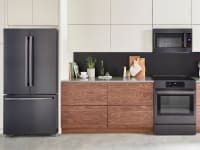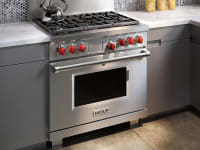11 things you need to know before buying a kitchen range
Before you click "buy," here's a checklist of what you should be asking
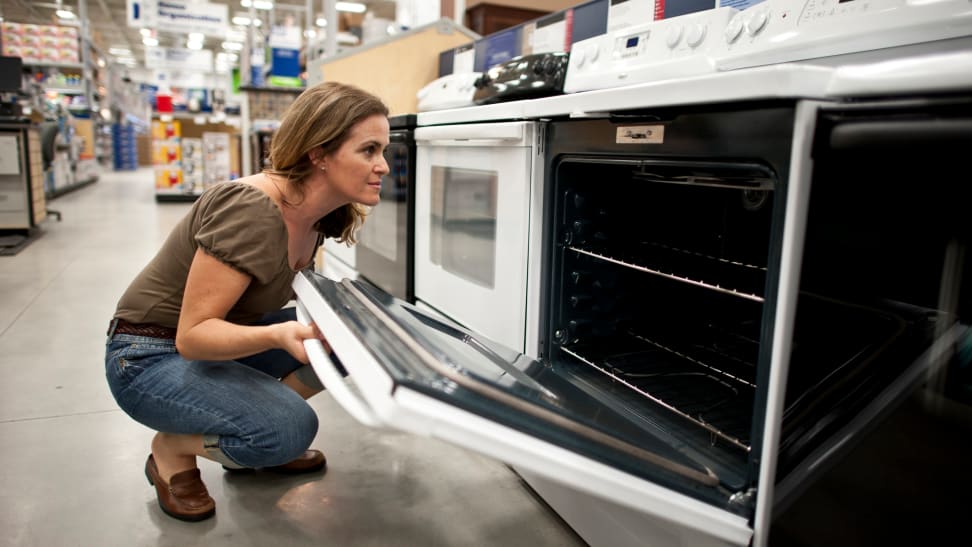 Credit:
Getty Images / Juanmonino
Credit:
Getty Images / Juanmonino
Recommendations are independently chosen by Reviewed's editors. Purchases made through the links below may earn us and our publishing partners a commission.
So, you need a new range. Hats off to you if you’re surviving on takeout meals reheated in a microwave, but most people need better cooking options. If you prepare food every day, you probably want a range in your kitchen, equipped with a cooktop for frying and simmering and an oven for baking and roasting. While some homeowners prefer to buy separate cooktops and wall ovens, which can provide great flexibility, most Americans opt for a range.
If you’ve never bought a range before, the choices may seem endless. You can spend under $800 for a basic range, or $10,000 for a fabulous pro-style range with cherry red knobs. But whatever your budget, you want to be certain you’re making the right choice.
At Reviewed, we’ve tested plenty of outstanding ranges in our labs, and we’re happy to share what we've learned when it comes to buying.
Checklist for buying a new range
- Set a budget
- Pick a fuel type (if you have a choice)
- Measure the space carefully
- Select a type
- Choose a finish
- Select burner type
- Consider additional features
- Visit stores and sites, and start a list
- Read reviews
- Select delivery and installation options
- Make arrangements for disposal of the old range
1. Set a budget
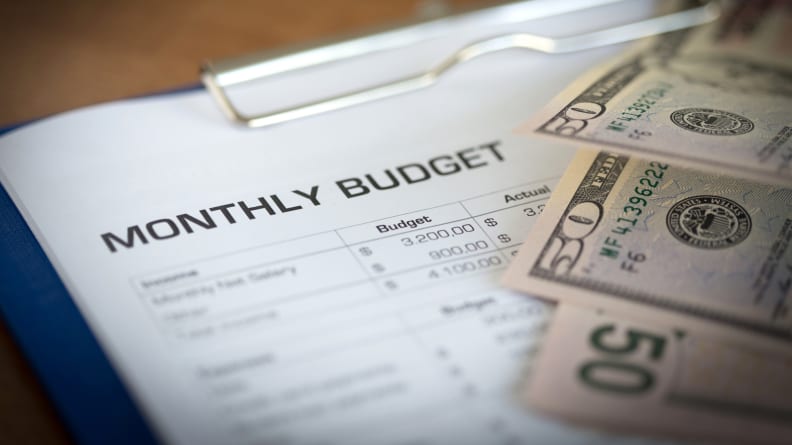
Considering that humans cooked on open fires for thousands of years, any oven can produce a decent meal under the right conditions. But there's obviously more that goes into your decision that simply asking "does it get hot?" You care about how it looks. If you're a baker, a convection fan might be important to you. Plus, it has to fit in the designated spot in your kitchen.
Knowing that there are many choices, your first step should be to set budget limits so you don’t fall in love with a range you can’t afford. Determine what's available in your price range, and choose from that group only.
2. Pick a fuel type
Your options aren't too numerous when it comes to fuel. There are gas ranges, electric ranges, induction ranges, and a dual-fuel ranges. However, unless you’re building a new home or doing a major kitchen renovation, you might not have much choice when it comes to fuel type for your new range as you're at the mercy of your existing fuel hookups. Switching from electric to gas requires a plumber, and switching from gas to electric requires an electrician. That will affect your budget. So, first check to see what's already in your kitchen:
240 volt outlet: You can choose from electric or induction. 110 volt outlet and gas hookup: You’re probably sticking with gas. 240 volt outlet and gas hookup: Welcome to the world of dual-fuel, which can be the best of both worlds. Dual-fuel ranges have a gas cooktop and electric oven.
3. Measure your space carefully
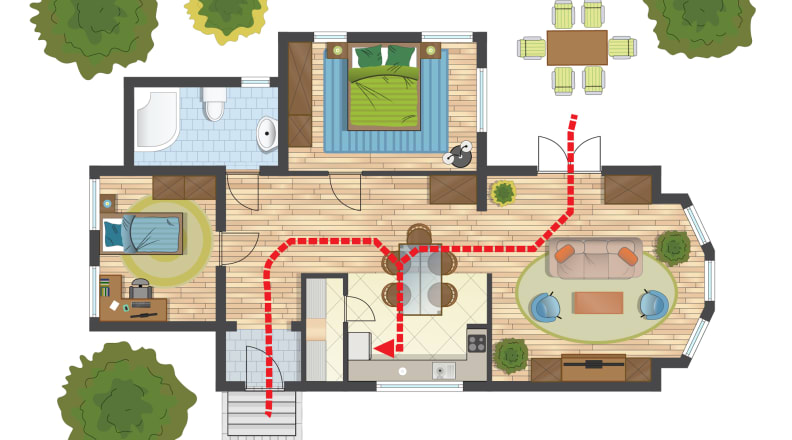
Measure the entire path the new range will take from your front door to your kitchen.
You can almost certainly find a range that fits your kitchen. Ranges come in standard widths, from tiny 20-inch apartment-sized models to 60-inch gourmet behemoths. The most common width is 30 inches, and height can vary according to model and manufacturer.
Before you purchase, make sure the range will fit. Measure everything, starting from the front door, all the way to space where the range will reside. And make sure when you open the oven door, it won't hit the island or block the dishwasher.
4. Select a range style
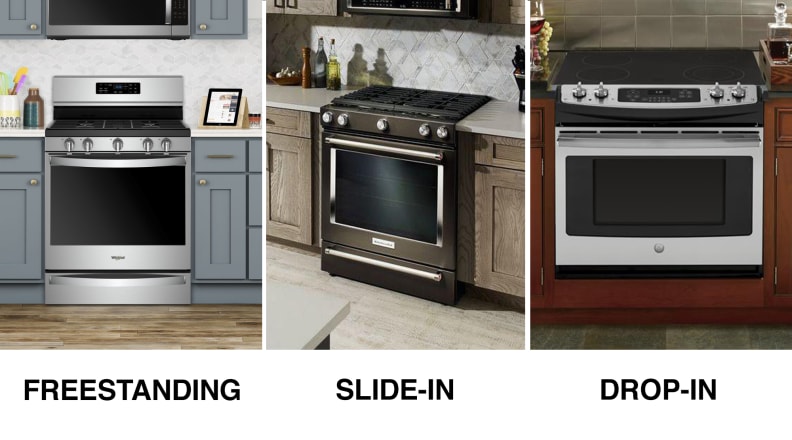
Get to know the different range options before you buy.
The style of range won't affect the performance or features much, but it can definitely impact the price.
Freestanding: These ranges can fit almost anyplace in a kitchen and they tend to be the most affordable style. Controls are usually on an attached “backsplash” behind the cooktop. Slide-in: Offering a built-in look, slide-in ranges are counter-depth, and have their controls in the front. To keep them looking flush with your countertop, you may need a trim kit to cover any gaps. Usually they're included, but you can find inexpensive trim kits at most appliance retailers. If you plan on having your oven at the end of a counter rather than the middle be sure to find out whether the sides are finished or unfinished. Drop-in: Like slide-in ranges, drop-in ranges are counter-depth with front controls, but the difference is, they can have cabinetry installed below.
Top-performing brands with freestanding, slide-in, and drop-in ranges include Bosch, Frigidaire, GE, and more.
5. Choose a color and finish
You want a range to match your kitchen décor, but you don’t always have to empty your wallet to get one that does. There are a variety of finishes to choose from:
Stainless steel: The clean, professional look of a stainless steel range is timeless. Many stainless finishes are smudge-proof, so you won’t have to spend time polishing off fingerprints. Black stainless: One of the newer finishes, black stainless looks modern and luxe. Be advised: each brand has a different look to its black stainless color. This can make it harder to mix appliance brands in your kitchen. Black stainless resists fingerprints, but it can scratch easily, revealing plain stainless underneath. Classic black or white: Select one of these classic finishes to match the rest of your kitchen appliances. Other colors: You can try to find bisque to match an older kitchen, but it’s not a popular choice, so it will limit the type of range you can buy. Modern finishes like slate can really up your kitchen’s design game, but only if your other appliances are the same color. Design blogs feature show-stopping stoves in colors like ruby and cobalt, but get ready to pay a premium for them.
6. Select burner types
Depending on the fuel type, there are many options for cooking on top of the stove. Whatever brand you choose, whether it be KitchenAid, Whirlpool, or Bosch, should offer a variety of cooktops to choose from.
Electric coil:The least expensive choice, these burners convert electricity to heat. They are slow to heat and slow to cook. Smoothtop: A glass/ceramic surface with heating elements below the surface, smoothtops are simple to clean and look sleek, but they scratch easily. Gas: Offering the primal satisfaction of cooking with fire and good temperature control, gas is the old-school favorite. Induction: Using electromagnetic energy to heat iron pans directly, induction cooktops are efficient and excel at cooking at a wide range of temperatures. It won't get hot unless there's a pan on it, so it can be safer than other types. It's relatively new and people have lots of questions about induction, so do your research first.
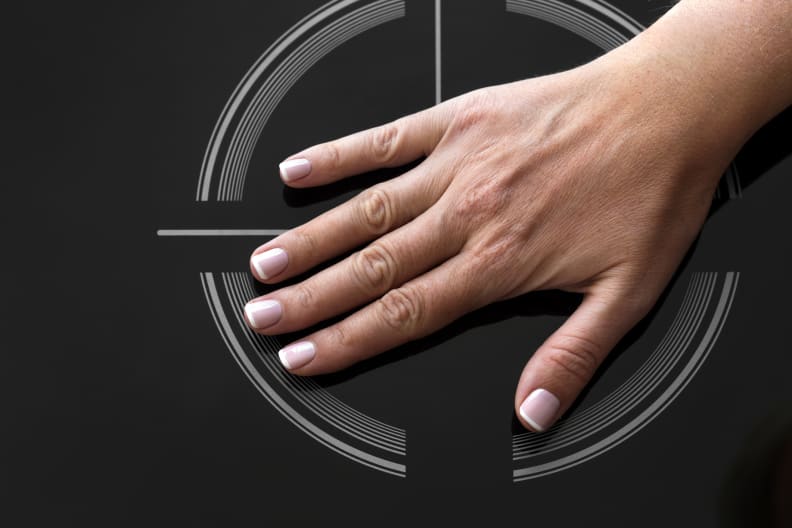
Depending on the fuel type, there are many burner options to choose from.
7. Choose additional features
If you want a convection oven with a fan that enables speedier, more even baking, you may have to pay extra. Got extra cash? Steam cookers, sous vide, dual ovens, wireless connections, and warming drawers are available. You're the cook, so only you know what your must-haves are.
8. Visit stores and sites
Since there are so many options, it may take a while for you to put together a short list. But don’t rush into anything. If you’re going to commit to a successful, decade-long relationship with a range, you need to see it in person before you buy.
Visit the products on your list in a brick-and-mortar store, even if you’re planning to buy online. Since you’ll be cooking on your range every day, it will help you find out whether the size is comfortable, the oven racks slide smoothly, and the cooktop is easy to clean.
9. Read reviews
Check our site and others to see what experts and owners say. We use exhaustive testing methodologies to determine which ranges work best. Consumers tend to post reviews only when they either love or hate an appliance. Favor models whose reviews come in at no less than 4 out of 5 stars. If you see a lot of 1-star reviews, that should raise quality and reliability concerns. If a friend or family member makes a recommendation, that could be the most useful, personalized review you get.
10. Select delivery and installation options
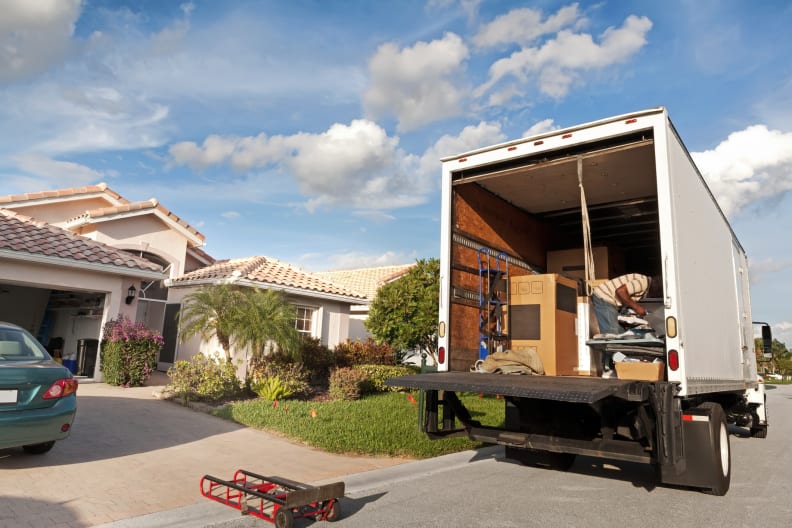
Delivery day can go smoothly, but it may present unpleasant surprises. As we said earlier, make sure you measure every hallway and stairway between your front door and your kitchen to make sure the range can get through them.
Appliance damage is most likely to occur not at the factory, but in the last 50 ft. to your house. Once the truck arrives, all the protective cardboard and foam is ripped away.
Investigate the options. Some retailers include delivery and installation with the price you pay for the range, but don’t assume that’s always the case. If the retailer doesn't do the hookup, and you’ve purchased a gas or dual-fuel range, you’ll have to hire a plumber, and you should arrange that appointment to coincide with the delivery. Plan ahead.
Also, ask how your range is going to be delivered. If the delivery company is using a two-wheeler, protect your floors, stairs, and door moldings, or they may get hurt.
Make a careful inspection of the range before you sign the paperwork. Examine the walls and floor of your house. Any scratches, dents, or holes? Once the delivery folks leave, it can be much harder to claim damages.
11. Arrange for disposal of your old range.
You may have to pay extra to get your old range hauled away. Most retailers will haul it away for a nominal charge, but be sure to find out ahead of time. Otherwise you could end up having to dispose of it yourself.
Still have questions? See our entire Induction 101 series and get answers.


